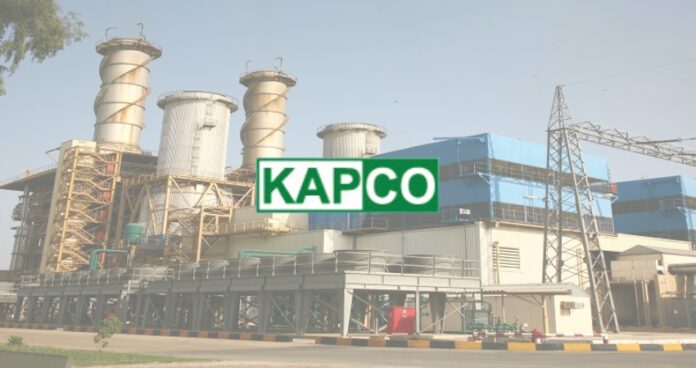ISLAMABAD: The National Transmission and Despatch Company (NTDC) has presented a detailed brief to the Ministry of Energy (Power Division), supporting the viability of the KAPCO power plant as a suitable replacement for AES PakGen Power in case its contract is terminated.
In a letter signed by NTDC’s General Manager (System Operation) Engineer Nasir Ahmad, the NTDC provided an assessment of options for replacing the AES PakGen plant. The letter followed a directive from the National Task Force for Implementation of Structural Reforms in the Power Sector.
According to NTDC’s assessment, AES PakGen, with a derated capacity of 350 MW, plays a crucial role in maintaining grid stability, especially during peak summer months, by preventing overloading. The plant, connected at a 220 kV voltage level, supplies essential reactive power to key substations in Muzaffargarh and Multan. NTDC’s analysis highlights the plant’s operational significance and the necessity for an adequate replacement if decommissioned.
The NTDC report evaluated several plants as potential replacements, including Rousch, Fauji Kabirwala, and KAPCO, each varying in technical specifications and grid compatibility. Rousch, with a capacity of 395 MW connected at 500 kV, was deemed unsuitable due to its distance from AES PakGen, which prevents it from addressing overloading at the 500/220 kV transformers in Muzaffargarh and Multan. Similarly, the 151 MW Fauji Kabirwala plant, connected at 132 kV, was found inadequate, as its primary function is to manage overloads on the 132 kV lines within MEPCO’s network in Multan.
The NTDC concluded that KAPCO is the most feasible replacement, citing its proximity to AES PakGen, grid compatibility, and fuel flexibility on RLNG and RFO. With a derated capacity of 1,345 MW, KAPCO’s units, split across 220 kV and 132 kV connections, are strategically positioned to support transformers at Muzaffargarh and Multan during peak summer demand. Furthermore, KAPCO ranks higher on the Economic Merit Order than AES PakGen, indicating its cost-effectiveness.
However, NTDC’s report noted that while KAPCO is technically suited as a replacement, its Power Purchase Agreement (PPA) has expired, with no current contractual arrangement for acquiring its capacity. NTDC has requested that the Central Power Purchasing Agency-Guarantee (CPPA-G) secure approximately 500 MW from KAPCO, though this is subject to NEPRA’s approval.
The letter outlined that NTDC’s recommendation includes using specific KAPCO units—Units 13, 14, and 15 at the 220 kV level, and Units 1, 2, 9, and 10 at 132 kV—to alleviate transformer loads and improve voltage stability in Muzaffargarh and Multan. NTDC recommended AES PakGen’s retirement only if NEPRA approves KAPCO’s capacity allocation; otherwise, it suggests retaining AES PakGen within the grid.
The NTDC briefing followed internal discussions and received approval from NTDC’s Deputy Managing Directors for System Operations and Planning & Engineering. Copies of the letter were sent to key stakeholders, including Lieutenant Colonel Khalid Khan Lodhi of the National Task Force on Structural Reforms in the Power Sector, NTDC’s Company Secretary, and the General Manager of Power System Planning.
This evaluation by NTDC arises amid rising concerns over grid stability and resource allocation in Pakistan’s power sector, as the sector continues efforts toward structural reforms. NEPRA’s decision on KAPCO’s capacity allocation will be pivotal in determining NTDC’s future operational landscape and grid stability.
























